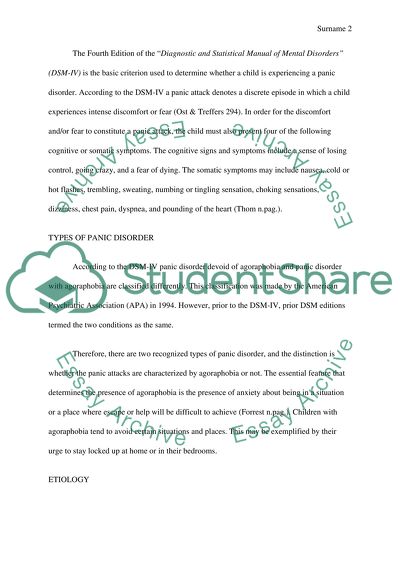Cite this document
(“Panic Disorder Essay Example | Topics and Well Written Essays - 750 words”, n.d.)
Panic Disorder Essay Example | Topics and Well Written Essays - 750 words. Retrieved from https://studentshare.org/psychology/1476937-panic-disorder
Panic Disorder Essay Example | Topics and Well Written Essays - 750 words. Retrieved from https://studentshare.org/psychology/1476937-panic-disorder
(Panic Disorder Essay Example | Topics and Well Written Essays - 750 Words)
Panic Disorder Essay Example | Topics and Well Written Essays - 750 Words. https://studentshare.org/psychology/1476937-panic-disorder.
Panic Disorder Essay Example | Topics and Well Written Essays - 750 Words. https://studentshare.org/psychology/1476937-panic-disorder.
“Panic Disorder Essay Example | Topics and Well Written Essays - 750 Words”, n.d. https://studentshare.org/psychology/1476937-panic-disorder.


